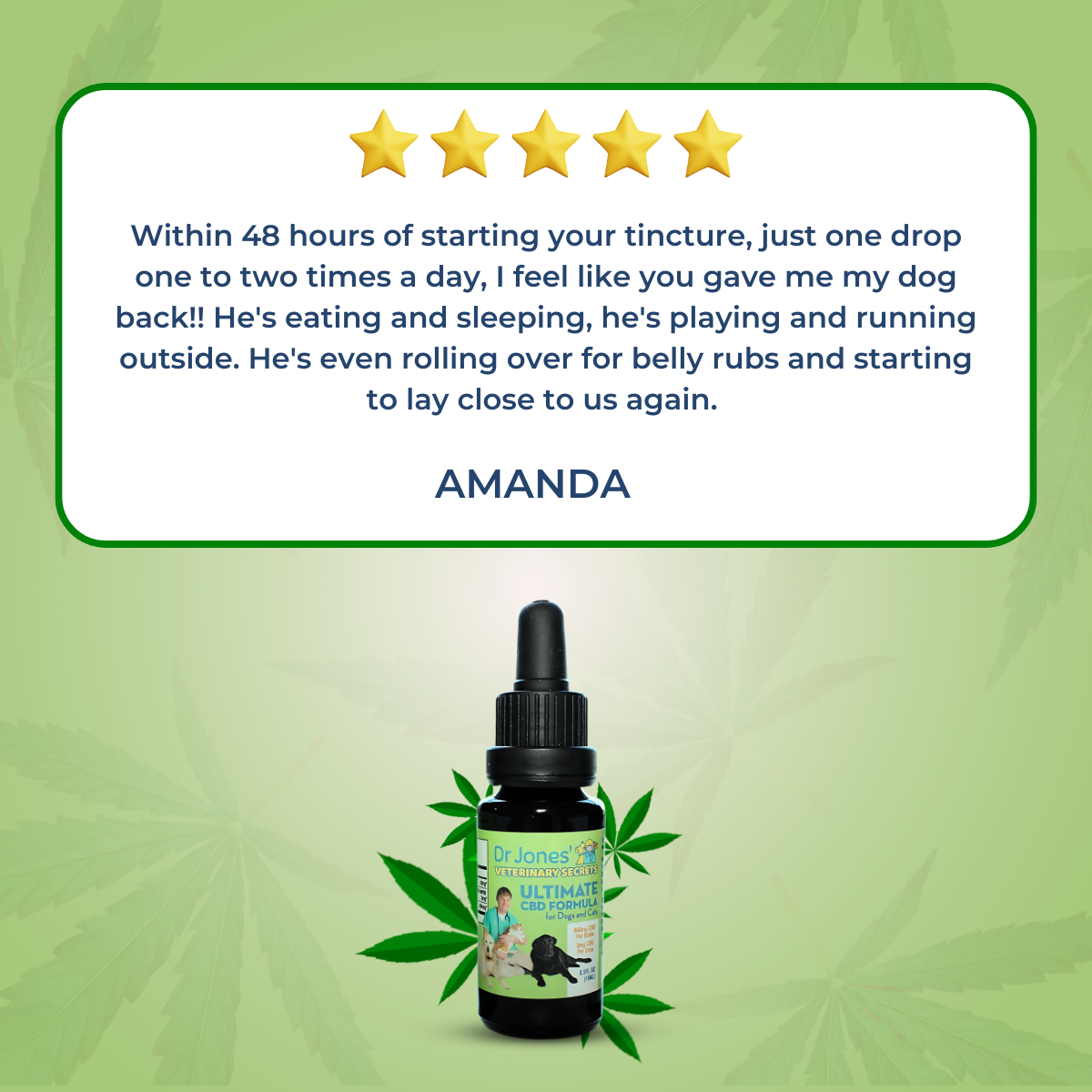How to Perform CPR When Your Pet Needs It


CPR for Pets: A Simple Yet Crucial Skill Every Pet Parent Should Know
As a pet parent, you might feel overwhelmed when it comes to performing CPR on your beloved companion. But the truth is, it’s simple, and you can do it. Cardiopulmonary Resuscitation (CPR) is a vital first aid skill that every pet owner should learn. While you may never need to use it, knowing how to perform CPR could save your pet’s life in an emergency, such as if something becomes lodged in their airway.
In CPR, there are two essential actions:
- Chest Compressions to circulate blood to vital organs.
- Rescue Breaths to deliver oxygen to the organs.
Step-by-Step Guide to CPR for Pets
Here are the basic steps to perform CPR on your pet in case of an emergency.
Step 1: Assess Responsiveness
The first thing to do is determine if your pet is truly unresponsive.
- Check for breathing by placing your hand in front of your pet’s nose and mouth.
- Check for a heartbeat by placing your ear against the left side of the chest, where the left elbow meets the chest just behind the left armpit.
Step 2: Establish an Open Airway
Once you’ve confirmed your pet is unresponsive, the next step is to ensure they have a clear airway.
- Pull the tongue out of your pet’s mouth (be cautious to avoid being bitten).
- Straighten the neck by gently aligning the head with the body.
- Important: Do NOT overextend the neck if there is a possibility of neck trauma.
- Perform two rescue breaths by closing the pet’s mouth and giving mouth-to-nose ventilations. If the chest rises, move on to Step 3.
If the breaths do not go in, proceed with the following:
- Inspect the mouth and throat for any foreign objects. If you see one, remove it gently.
- If the airway remains blocked, perform the Heimlich maneuver:
- Turn your pet upside down, with their back against your chest.
- Give sharp abdominal thrusts using both hands.
- After five thrusts, stop and check if the object is dislodged. If so, give two more rescue breaths. If the airway remains blocked, repeat the Heimlich maneuver.
Step 3: Perform Rescue Breathing
Once the airway is open, it’s time to deliver oxygen.
- Close your pet’s mouth and breathe directly into their nose until you see the chest expand. If the chest doesn’t rise, go back to Step 2 and reassess the airway.
- Ventilate at a rate of 8 breaths per minute—this equals 2 breaths every 15 seconds.
- Move on to Step 4 once you’ve established breathing.
Step 4: Perform Chest Compressions (Circulation)
With a clear airway and breathing established, the next step is to ensure circulation.
- Control any major bleeding if necessary.
- Place your pet on their right side.
- Locate the heart, which is situated on the lower half of the chest on the left side, behind the elbow of the front left leg.
- Place one hand below the heart to support the chest, and use the other hand to compress over the heart.
- Compress the chest 30 times (at a rate of 4 compressions every 2 seconds).
- For small pets, compress about 1/2 inch, and for larger pets, compress 1 1/2 inches.
- After 30 compressions, deliver 2 rescue breaths.
- Repeat this cycle—30 compressions followed by 2 rescue breaths—until you feel a heartbeat or see regular breathing.
Once your pet starts breathing again and their heart resumes a normal rhythm, immediately contact your veterinarian or rush them to the clinic for further care.
Final Thoughts
While CPR might seem like a daunting task, it’s a straightforward process that can make a world of difference in an emergency. If you’ve never practiced this before, I recommend you consider taking a first aid course for pets. The more prepared you are, the better chance you have of helping your pet during a critical situation.

P.S. After my winter swim recovery, I’ve added something essential to my pet first aid kit. If you’re looking for a great natural painkiller for your pet, consider Dr. Jones’ Ultimate CBD for Dogs and Cats. It’s a game-changer!









My maltipoo (2 ) scratch there. Ears and feet so often that it actually drives me crazy. How can I help them naturally. I can’t afford all the products I see advertised so I am looking to do it naturally
Here’s a video that can really help:
https://youtu.be/Cpaj3v_tFqA